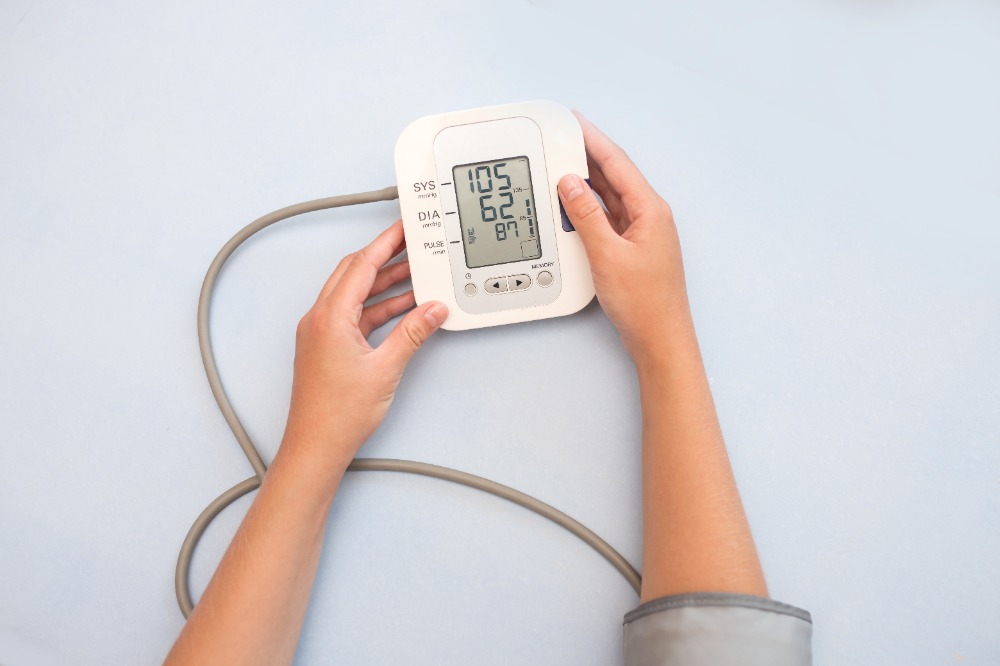Key facts about blood pressure medications
- Hypertension often requires lifelong treatment; most people need two or more medications for optimal control.
- Drug selection depends on age, comorbidities, kidney function, and potential side effects.
- Consistent daily dosing and monitoring help prevent complications such as stroke, heart attack, and kidney damage.
Blood pressure medicines act through different pathways—dilating blood vessels, reducing fluid retention, or modifying heart rate. Combining classes strategically improves control while limiting adverse effects. This guide summarises common options, dosing tips, and considerations for personalised therapy.
First-line medication classes
| Class | Examples | Mechanism | Typical starting dose | Key points |
|---|---|---|---|---|
| ACE inhibitors | Enalapril, lisinopril, perindopril | Reduce angiotensin II production, promoting vasodilation | Enalapril 5 mg daily, titrate to 20 mg | First choice for diabetes, CKD, heart failure; monitor for cough and angioedema |
| Angiotensin receptor blockers (ARBs) | Losartan, valsartan, olmesartan, telmisartan | Block angiotensin II receptors in vasculature | Losartan 50 mg daily, titrate to 100 mg | Alternative when ACE inhibitor cough occurs; monitor potassium and kidney function |
| Calcium channel blockers (CCB) | Amlodipine, nifedipine ER, diltiazem | Relax vascular smooth muscle or slow conduction at the AV node | Amlodipine 5 mg daily, titrate to 10 mg | Dihydropyridines treat isolated systolic HTN; watch for ankle edema |
| Thiazide and thiazide-like diuretics | Hydrochlorothiazide, indapamide, chlorthalidone | Increase renal sodium excretion, reducing plasma volume | Hydrochlorothiazide 12.5 mg daily | Effective in salt-sensitive patients; monitor electrolytes and uric acid |
Additional agents for resistant hypertension
| Class | Examples | Role | Important considerations |
|---|---|---|---|
| Mineralocorticoid receptor antagonists | Spironolactone, eplerenone | Counter aldosterone-driven sodium retention | Useful in resistant HTN; monitor potassium, consider eplerenone if gynecomastia develops |
| Beta-blockers | Bisoprolol, metoprolol succinate, carvedilol | Lower heart rate and renin secretion | Preferred with coronary disease or arrhythmias; less effective as sole therapy in older adults |
| Alpha-blockers | Doxazosin, terazosin | Improve urinary outflow in BPH while lowering BP | Watch for orthostatic hypotension; usually adjunctive |
| Central alpha-2 agonists | Clonidine, methyldopa | Reduce sympathetic outflow | Useful for pregnancy (methyldopa) or resistant cases; taper slowly to avoid rebound HTN |
| Direct vasodilators | Hydralazine, minoxidil | Relax arteriolar smooth muscle | Combine with diuretic and beta-blocker; monitor for tachycardia or fluid retention |
Fixed-dose combinations
- ACE inhibitor/diuretic (e.g., perindopril/indapamide) simplifies dosing and improves adherence.
- ARB/CCB (e.g., telmisartan/amlodipine) pairs complementary mechanisms with fewer dose-related side effects.
- ARB/diuretic (e.g., losartan/hydrochlorothiazide) helps patients with volume-dependent hypertension.
- Triple combinations (ARB + CCB + diuretic) are available for patients requiring aggressive control.
Titration principles
- Reassess blood pressure 2 to 4 weeks after initiating or adjusting a medication.
- Increase doses in small increments while monitoring for dizziness, fatigue, or swelling.
- Add a second agent before maximising the first if side effects appear at moderate doses.
- Consider evening dosing of at least one medication for patients with uncontrolled nocturnal blood pressure.
Monitoring plan
| Medication group | Tests | Frequency |
|---|---|---|
| ACE inhibitors / ARBs | Serum creatinine, potassium | Baseline, 1 to 2 weeks after initiation or dose change, then every 6 to 12 months |
| Diuretics | Sodium, potassium, uric acid, glucose | Baseline, 4 to 6 weeks, then periodically |
| Calcium channel blockers | Heart rate (non-dihydropyridine), ankle edema check | Each visit or self-monitoring weekly |
| Beta-blockers | Heart rate, symptoms of fatigue or depression | Each follow-up visit |
Special populations
| Population | Preferred approaches | Notes |
|---|---|---|
| Chronic kidney disease with proteinuria | ACE inhibitor or ARB first-line | Strive for systolic BP < 130 mmHg; monitor creatinine closely |
| Black patients | Thiazide or CCB often more effective as initial therapy | Combination therapy frequently required; monitor potassium with diuretics |
| Pregnancy | Methyldopa, labetalol, or nifedipine ER | Avoid ACE inhibitors, ARBs, renin inhibitors, and mineralocorticoid antagonists |
| Older adults | Start low, go slow; emphasise fall risk prevention | Assess orthostatic BP and cognitive status regularly |
| Refractory hypertension | Evaluate for secondary causes (sleep apnoea, renal artery stenosis) | Combination with spironolactone or specialised therapies may be needed |
Medication adherence tips
- Pair dosing with daily routines like brushing teeth or breakfast to build habit.
- Use pill organisers labelled by time of day, especially when taking multiple agents.
- Record blood pressure readings in a log to visualise progress and share with clinicians.
- Review other prescriptions and over-the-counter products to avoid interactions that raise blood pressure.
Frequently asked questions
Can I stop my medication once readings are normal?
Hypertension is a chronic condition; stopping therapy often leads to rebound elevation. Any reduction should be guided by a healthcare professional after sustained control.
What if I miss a dose?
Take it when remembered unless it is near the time for the next dose. Do not double up. Keep a log of missed doses to discuss at the next review.
Do herbal or traditional remedies interfere with antihypertensives?
Some supplements (e.g., licorice, ginseng) can raise blood pressure or interact with medications. Inform your clinician about all products you use.
How quickly should blood pressure respond?
Improvements may be seen within days, but full effect is typically assessed after 4 weeks. Persistently high readings may necessitate dose adjustments or additional agents.

